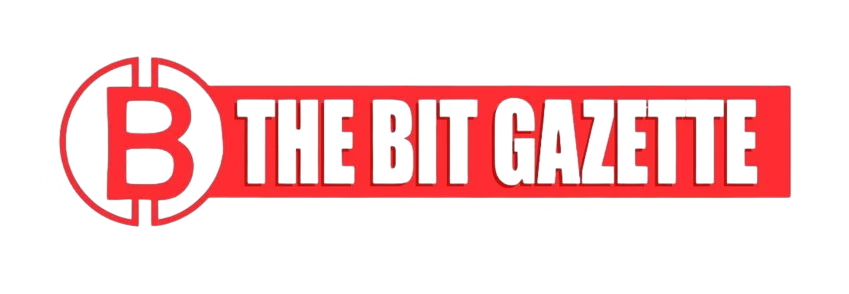Bitcoin fell nearly 12% this week to $91,616, but MicroStrategy executive chairman Michael Saylor says the selloff masks a longer-term trend: volatility is actually shrinking, not rising—and Wall Street isn’t to blame.
Speaking to Fox Business amid the drawdown, Saylor argued that bitcoin’s annualized volatility has dropped from 80% in 2020 to around 50% today, dismissing theories that institutional involvement has destabilized the asset.
Bitcoin price crash won’t derail long-term stability, Saylor insists
“I think we are getting a lot less volatility,” Saylor told Fox Business, brushing aside theories that Wall Street’s entry into Bitcoin has “hurt” the asset’s natural price action.
According to Saylor, when MicroStrategy began buying Bitcoin in 2020, BTC’s annualized volatility hovered around 80%. Today, he says, it has drifted toward 50%, with expectations of falling even further.
“Every few years, Bitcoin loses another five points of volatility. It’s maturing. It’s trending toward becoming only 1.5 times as volatile as the S&P 500 — and 1.5 times better performing,” Saylor said.
He added that the current Bitcoin price crash is not evidence of instability but part of its natural evolution toward a globally adopted asset class.
Strategy’s mNAV dips as Bitcoin price crash deepens
The Bitcoin price crash dragged down MicroStrategy’s metrics as well. The firm now holds 649,870 BTC, valued at $59.59 billion, according to SaylorTracker.
Its mNAV multiple slipped to 1.11x, down from 1.52x when Bitcoin hit its all-time high of $125,100 on Oct. 5.
The selling pressure extended to equities:
MicroStrategy (MSTR) closed Tuesday at $206.80, marking a 11.50% drop over the past five days, Google Finance data shows.
Despite the fallout, Saylor remains unfazed. Asked about the possibility of a deeper correction, Saylor didn’t blink.
“The company is engineered to take an 80% to 90% drawdown and keep on ticking,” he said.
“We’re pretty indestructible.”
He emphasized that the firm’s leverage is “extremely robust,” with debt ratios now trending between 10% and 15%, far below what critics once warned could trigger insolvency during a Bitcoin price crash.
Veteran analyst warns MicroStrategy could face danger — if history repeats
But not everyone shares Saylor’s confidence.
Famed trader Peter Brandt, known for predicting major Bitcoin cycles, cautioned that MicroStrategy could end up “underwater” if Bitcoin’s chart mirrors the soybean bubble pattern from the 1970s.
Brandt warned, “If Bitcoin follows the same trajectory, MicroStrategy’s position could be severely pressured.”
His warning comes as several analysts expect more downside before the market finds a new bottom.
BitMine and Bitwise executives recently told media outlets that they expect the correction to exhaust itself “this week,”but noted that heavy ETF outflows and derivatives liquidations could extend volatility.
Bitcoin price crash marks a defining moment for institutional adoption
While bears argue the Bitcoin price crash exposes fragility, bulls say it proves the opposite: Bitcoin now moves in response to macro forces similar to equities — a sign of growing maturity.
Institutional ownership, ETF flows, and corporate accumulation all contribute to Bitcoin behaving more like a macro asset than a speculative token.
Saylor believes this shift will ultimately reduce volatility even further.
“Bitcoin is stronger than ever,” he said.
“It’s becoming a long-term institutional asset, and this transition always comes with growing pains.”
The Bitcoin price crash has stirred anxiety, triggered sell-offs, and reignited debate — but according to Saylor, it’s a natural step in Bitcoin’s transformation into a global asset.
With opposing analysts like Brandt warning of structural risks, the next few weeks will determine whether the plunge marks a temporary shakeout or the start of a deeper retracement.
Either way, the world is watching — and Bitcoin, once again, is proving impossible to ignore.










